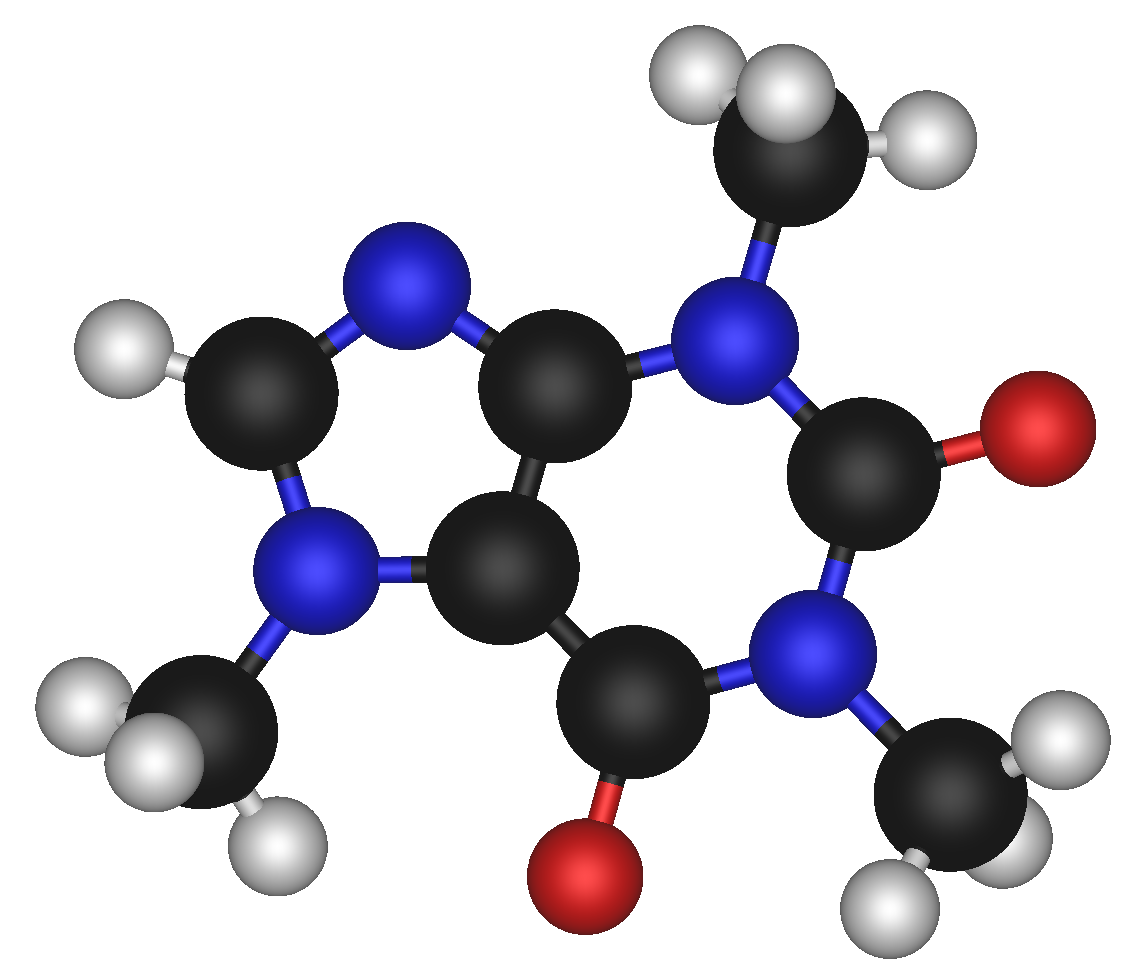Difference between revisions of "Team:CCA SanDiego"
| Line 22: | Line 22: | ||
nav{background:#EEE} | nav{background:#EEE} | ||
body{font-family:courier} | body{font-family:courier} | ||
| − | img{height: | + | img{ |
| + | max-width:auto; | ||
| + | max-height:auto; | ||
| + | } | ||
</style> | </style> | ||
</head> | </head> | ||
| Line 70: | Line 73: | ||
<h5>Biosensors</h5> | <h5>Biosensors</h5> | ||
<img class="img-thumbnail" src="https://upload.wikimedia.org/wikipedia/commons/4/41/Caffeine_Molecule.png"/> | <img class="img-thumbnail" src="https://upload.wikimedia.org/wikipedia/commons/4/41/Caffeine_Molecule.png"/> | ||
| + | <p>Blurb about biosensors</p> | ||
</div> | </div> | ||
<div class="four columns"> | <div class="four columns"> | ||
<h5>Modelling</h5> | <h5>Modelling</h5> | ||
<img class="img-thumbnail" src="https://upload.wikimedia.org/wikipedia/commons/4/41/Caffeine_Molecule.png"/> | <img class="img-thumbnail" src="https://upload.wikimedia.org/wikipedia/commons/4/41/Caffeine_Molecule.png"/> | ||
| + | <p>Blurb about modelling</p> | ||
</div> | </div> | ||
<div class="four columns"> | <div class="four columns"> | ||
<h5>Results</h5> | <h5>Results</h5> | ||
<img class="img-thumbnail" src="https://upload.wikimedia.org/wikipedia/commons/4/41/Caffeine_Molecule.png"/> | <img class="img-thumbnail" src="https://upload.wikimedia.org/wikipedia/commons/4/41/Caffeine_Molecule.png"/> | ||
| + | <p>Blurb about results</p> | ||
</div> | </div> | ||
</div> | </div> | ||
Revision as of 20:47, 8 September 2015
About our project
Biosensors are at the forefront of exciting developments in bioengineering and biomedical research due to their applicability in the diagnosis and treatment of debilitating diseases such as diabetes, cancer, and ALS. They allow us to take advantage of pre-existing mechanisms in nature to detect chemicals in the body that can serve as diagnostic markers for disease. Using high performance computing we modelled the behavior of a glucose sensing biosensor at a high resolution at the atomic level. The biosensor we modelled has the ability to fluoresce in the presence of glucose, and therefore serves as an effective monitor of blood sugar levels - a critical biomarker used for diabetes treatment. This has monumental applications in the treatment of diabetes. Such a biosensor could be potentially coupled to an insulin producing circuit to automatically deliver needed medicine to diabetics without the use of invasive needles and injections. Our modelling approach can be applied to simulate related biosensors, testing many iterations of possible biosensor designs without the need to perform an wet-lab experiment that would produce hazardous waste. Our team has produced an in silico optimization and debugging biosensor template which allows for a majority of testing to be performed prior to entering a wet-lab facility. By reducing the amount of time spent in the wet-lab, our modelling approach provides a safer, more eco-friendly testing environment. It’s as simple as saving on pipette tips - we don’t have to throw away hundreds of plastic pipet tips for one experiment. Biosensors are a rapidly developing treatment and diagnosis tool in biomedical research, and our team has been able to utilize high-performance computer modelling to efficiently test these revolutionary devices.
Biosensors

Blurb about biosensors
Modelling

Blurb about modelling
Results

Blurb about results